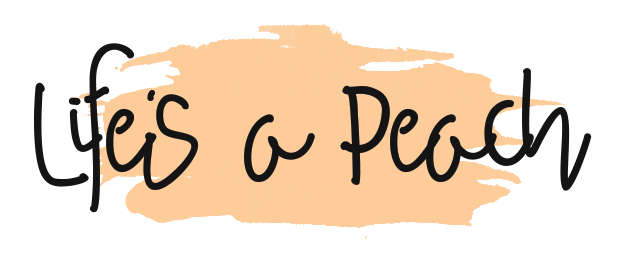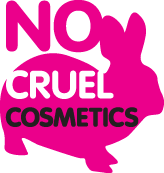Concrete is a flexible and unique material that can be made in one of a variety of substrates. Therefore, this type of building material can take various forms. If you wish to coat concrete substrates to protect them, you need to familiarise yourself with the types of substrates that are used. You must be aware of how concrete can develop as years go by before using it. Over time it can crack and become un-leveled so using a mud jacking Denver service or a similar business, will help it get back to its former glory.
Types of Concrete Substrates
The following concrete substrates are commonly used in building structures or in creating walkways, roadways, or driveways:
- Pavers are both visually attractive and featured in various finishes and sizes. Also known as paving stones, this concrete substrate is a popular outdoor type of flooring. Pavers are also used for streets, plazas, access lanes, and driveways, or sites that feature horizontal surfaces.
- Concrete masonry units, or CMUs, are used for different types of low-rise structures, ranging from industrial plants to schools. CMUs are architecturally appealing because they can meet various structural demands. CMUs are available in split face, smooth block, and fluted block designs.
- Fibre cement siding is used to cover the exterior of a building. More durable than many siding products, the siding is often made to look like wood.
- Stucco is used as a surface finish and requires minimal maintenance. If this is the homeowner’s choice, they will want to look into stucco siding installation to see what the process will entail.
- Split face block displays a stone-like texture and is most frequently used as an exterior application.
- Concrete roof tiles are typically more affordable that other roof products, considering their life-cycle. They can be made to look like traditional clay tiles, slate, stone, or wood shakes.
Preventing the Growth of Algae and Moss
If you want to use a product on a concrete substrate that will prevent the growth of algae and moss, you need to review the concrete sealant products that are available in the marketplace. For example, one product, which is both water-based and colourless, is formulated as a wax. This type of barrier can be used for concrete substrates of all types. Made from raw materials, the formula is further enhanced with microscopic sized glass beads. The beads assist in efficiently filling substrate pores.
This type of product is free of VOCs and does not affect the looks of a concrete product. Instead, the surface remains entirely permeable to a water-vapour exchange. The formula supports hydrophobic impregnation, which, in turn, produces a surface that repels water well. That means water and salts are prevented from damaging the surface. It also means the surface will not be receptive to the growth of algae or moss.
You can order this type of sealer online, usually in a five litre size. If you want to keep a concrete substrate in top condition, this is the type of sealant to use. When you have access to this type of sealer, you can ensure the continuing performance of a concrete substrate as well as it longevity.
- Overcoming Challenges in the Production of THC Seltzers - 10th May 2024
- The changes in dental marketing - 12th October 2022
- Online aligners or surgery based ones? - 12th October 2022







